Mount Kilimanjaro is that the tallest mountain in Africa, earning it an area on the famed “Seven Summits” list. In actual fact, it’s comprised of three volcanoes, two of which are extinct and one that’s dormant. Despite these impressive details, however, Kilimanjaro is comparatively risk-free compared with other mountains of an equivalent height.
If you prepare properly, do your research, and hear your guide, then climbing Kilimanjaro shouldn’t be too dangerous. The death rate for tourists is extremely low, at an estimated 10 people a year, and most of those are thanks to avoidable hypoxia.
Since you don’t need any technical mountaineering skills to climb Kilimanjaro, thousands of hikers flock here per annum to undertake their hands.
Kilimanjaro’s location on the equator means the weather on the lower slopes doesn’t get quite as cold as other mountains of an equivalent height, and there’s no need for crampons or serious climbing gear.
However, there are still a couple of risks to remember if you’re getting to scale Kilimanjaro, and underestimating these risks is often dangerous.
The main risks are hypoxia, accidents, inclement weather, and rockfall. Let’s take a glance at each of those factors.
Altitude Sickness on Kilimanjaro
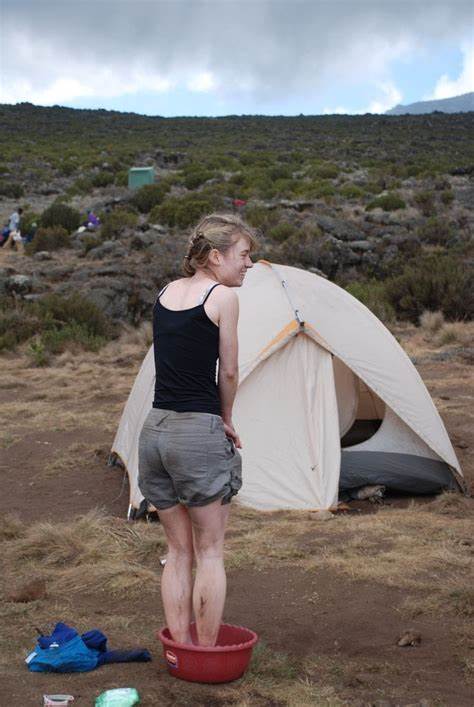
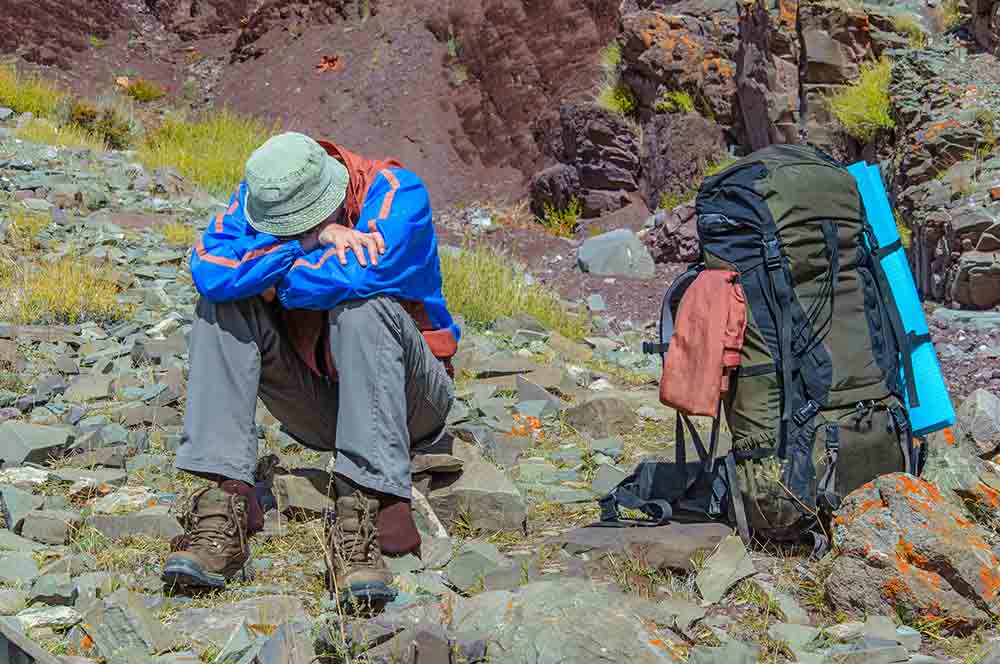
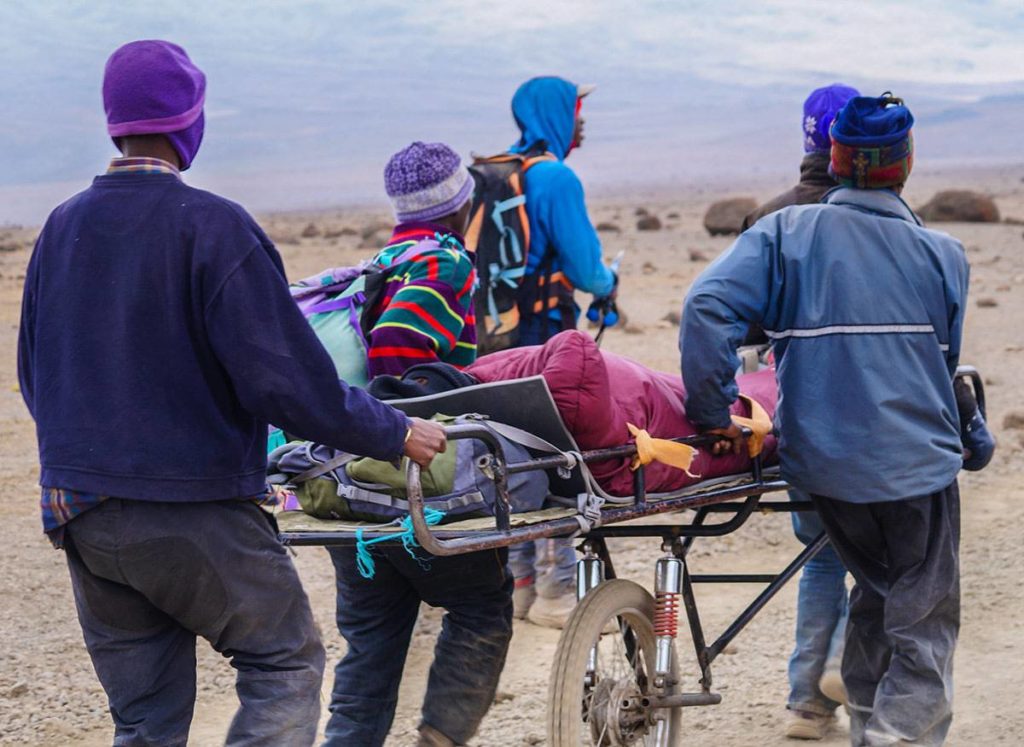
For every three people that began to overcome Kilimanjaro, approximately two make it to the summit. the amount one reason for climbers having to show back is hypoxia.
Altitude sickness may be a product of the thinner air, which delivers less oxygen with every breath. It can hit anyone at any time, regardless of how young, fit, or healthy you’re.
The summit of Kilimanjaro stands at 19,341ft, which is taken into account extreme high altitude. There are no thanks to guaranteeing that your body will adjust well to the altitude, but you’ll help steel yourself against your trip by performing on your cardiovascular fitness and doing altitude training, including an acclimatization trek within the region if possible.
Even if you think that you’re perfectly healthy, you ought to visit your doctor and obtain medical clearance before booking your Kilimanjaro trip.
This is doubly important if you suffer from a pre-existing heart or respiratory condition, or if you’re over the age of fifty. it’d seem self-evident, but you ought to avoid smoking, alcohol, and medicines (including sleeping pills) while trekking up Kilimanjaro.
Unlike a mountain like Everest, it’s not necessary to use bottled oxygen to succeed in the highest of Kilimanjaro. We actually recommend against this, because it can mask symptoms of great hypoxia.
By contrast, you’ll ask your doctor about using acetazolamide (Diamox), which physically helps the body acclimatize more quickly. This medicine is sort of effective but in some people, it can have some unsettling side effects like tingling fingers and toes.
When ascending a really high mountain, it’s crucial to require some time and let your body acclimatize before attempting to travel further, taking rest days where appropriate.
Your body can usually adapt somewhat to the altitude, but not if you ascend too fast, get dehydrated or overexert yourself. That’s where it’s especially important to possess a guide who can monitor you closely.
The safest routes on Kilimanjaro are those that are a minimum of eight days long, with favorable height profiles that ascend gradually and follow the cardinal mountaineering rule of hiking high and sleeping low. While it’s tempting to sleep at the high-altitude Crater Camp, it’s also very risky, so it’s quite rarely done.
Altitude sickness is heavily hooked into prevention, which is why we put attention on equipping our guides with the talents and equipment to make sure your safety.
Our mountain guides are certified Wilderness First Responders who are well-versed in care and CPR. We perform daily health checks, taking note of your lungs, checking your pulse and oxygen saturation levels with a pulse oximeter, and also ask you a series of questions from the Lake Louise rating system for Altitude Symptoms to seek out out how you’re feeling.
Our guides also will pester you constantly to drink water and remind you to travel slowly – “pole pole,” (slowly-slowly) as we are saying in Tanzania. Communication is vital, so don’t hesitate to let your guide know if you or somebody else within the group isn’t feeling well.
The good thing about early-stage hypoxia is that it always gives you warning signs before it gets serious.
Initial symptoms of acute altitude sickness (AMS) could also be mild, like a headache, dizziness, and shortness of breath. If these symptoms worsen, with vomiting and trouble with coordination, you ought to rotate.
In line with Kilimanjaro park regulations, we offer a minimum of one guide per two climbers. this suggests that if you’re unable to continue for any reason, you’ll safely be led backtrack the mountain by a medically qualified guide while the remainder of the group continues the hike.
Some people might not heed these warning signs, eventually going to the purpose where they show severe symptoms.
People with severe hypoxia are usually confused, disoriented, and unable to steer, with a cough and trouble breathing even at a standstill.
At now you’re in peril of high-altitude cerebral edema (HACE) and high-altitude pulmonary edema (HAPE), which ask the build from the fluid within the lungs and brain. These conditions are often fatal if you don’t descend immediately to a secure altitude and seek medical treatment.
In these cases, you’ll be glad your guides have oxygen tanks and masks (and skills to use them), plus a stretcher in order that they can get you safely down Capitol Hill. Luckily, most routes on Kilimanjaro provide quick access off the mountain.
For extreme emergencies, Kilimanjaro Search and Rescue can provide helicopter evacuations for people with appropriate travel insurance. Not all places on the mountain are accessible for the helicopter, though, and this could definitely be used as a final resort.
Accidents on Kilimanjaro
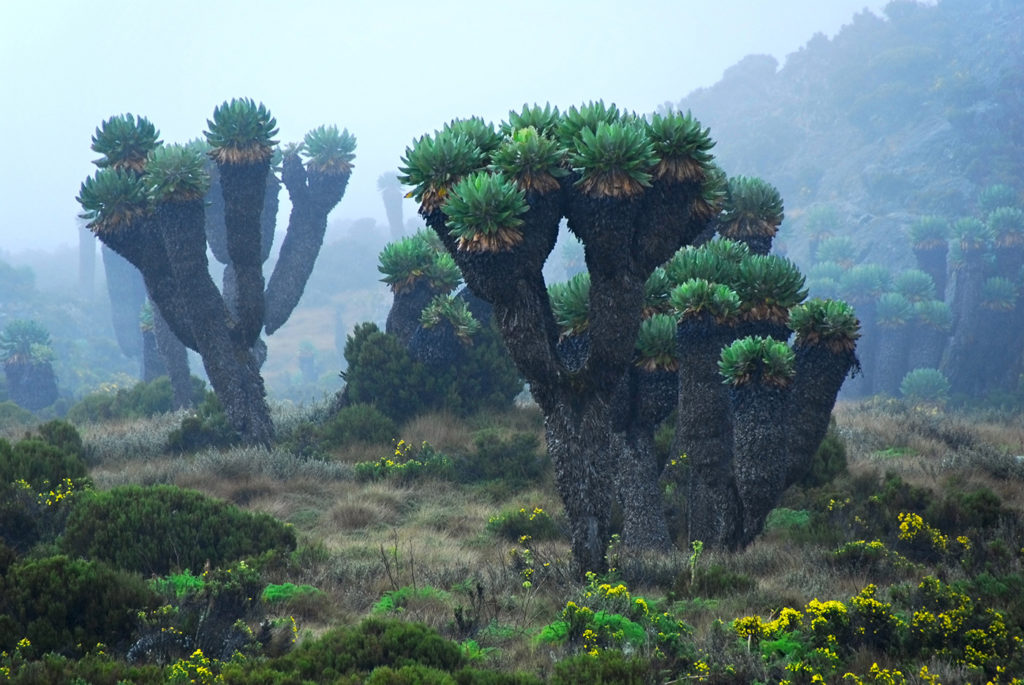
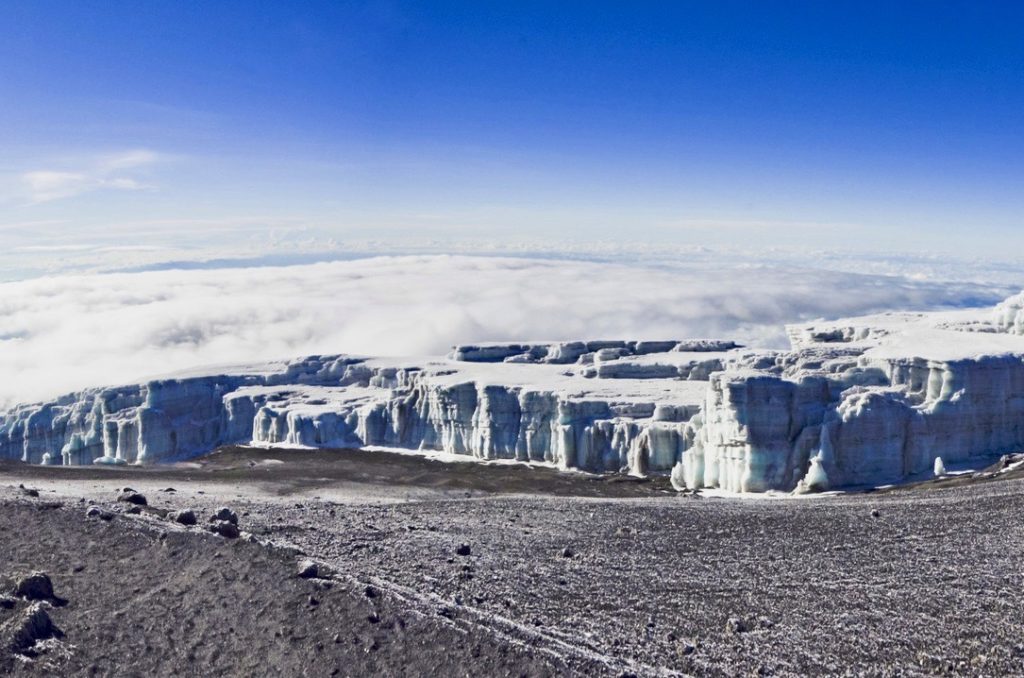
As with any hike during a remote location, a seemingly small accident like a twisted ankle on Kilimanjaro can rapidly become an enormous problem simply because it’s that much harder to urge to hospital. this is often even more serious just in case of an actual emergency like an attack.
Most travel insurance doesn’t automatically cover you at such high altitudes, so make certain to require out trekker’s travel insurance that’s valid up to 6000m above water level. It’s also important that your insurance covers you for helicopter rescue, just in case you would like to be airlifted to a hospital.
Weather on Kilimanjaro
Kilimanjaro isn’t as high as Everest, but it’s still subject to very unpredictable weather, with microclimates that bring everything from strong winds to sudden temperature changes.
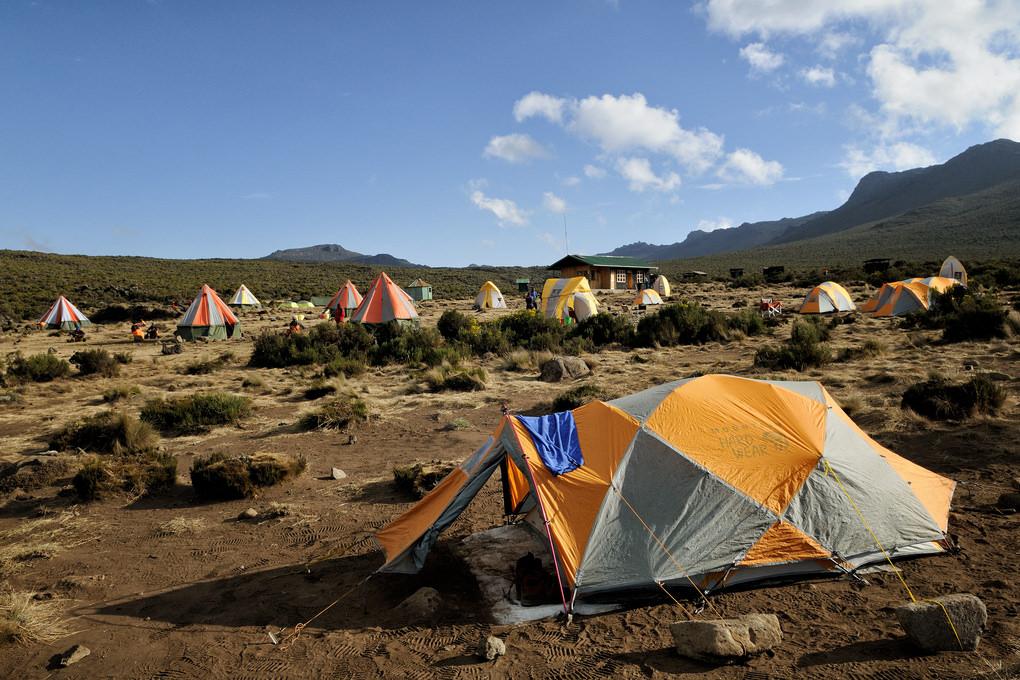
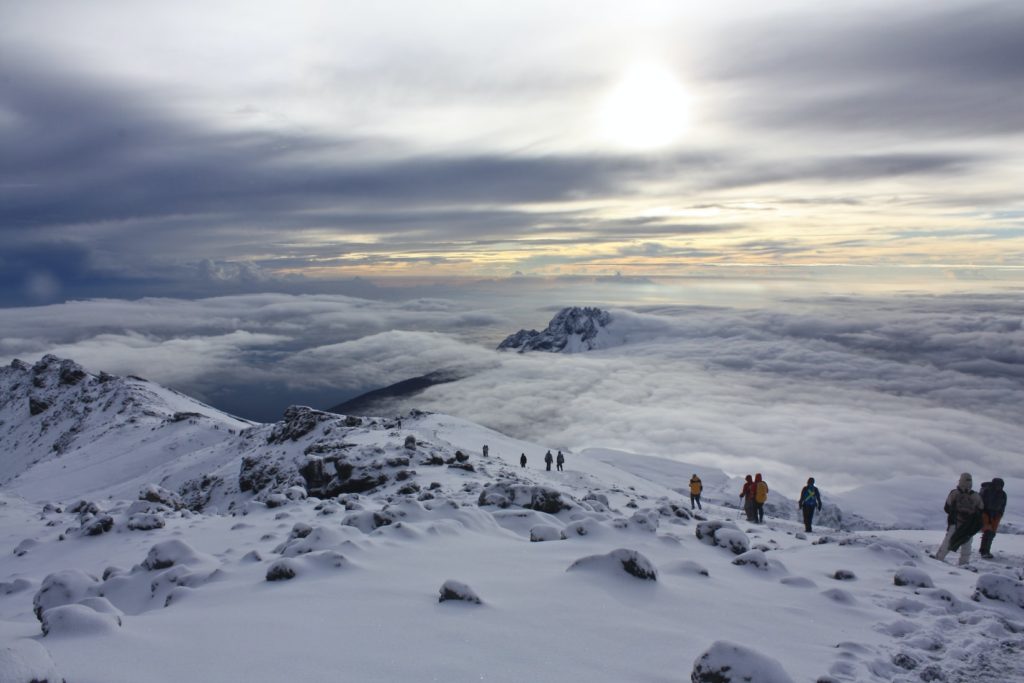
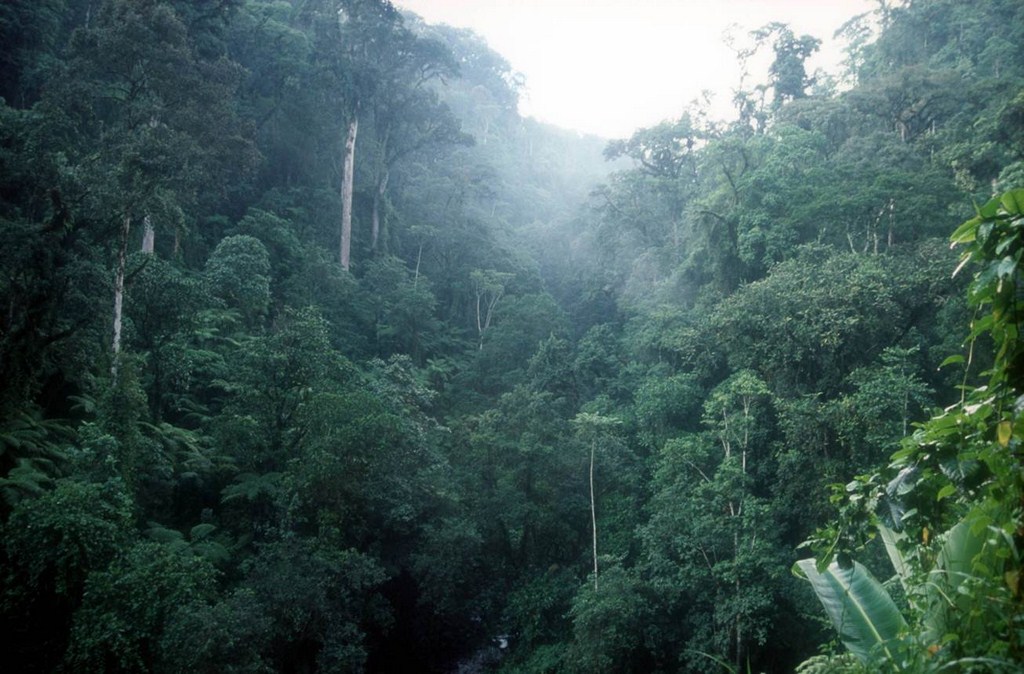
As always, layers are key, keeping in mind that temperatures can drop below freezing with little or no warning. counting on what time of year you go, you’ll likely find snow and glaciers at the summit.
Make sure you pack consistent with the list given to you by your tour operator and don’t hesitate to ask questions beforehand.
Don’t forget gloves, warm socks, and a face covering to guard against frostbite and hypothermia – but also confirm to lather abreast of sunscreen and wear sunglasses, since the sun shines brightly over here, and may damage your eyes.
Rockfall on Kilimanjaro
Kilimanjaro doesn’t really have the damaging crevasses of other tall mountains, because it consists mostly of rock, and trails don’t cross glaciers or sections covered in ice, but it does have some places with unpredictable rockfall.
This is especially prevalent on the Western Breach and it’s taken a couple of lives, so most tour operators avoid that route. If you probably did want to climb via the Western Breach, make certain to urge in-tuned with us and discuss your options.
As always when trekking at altitude, there’ll be drop-offs on certain sections of the trail, although nothing that some basic sense – and help from your guide – can’t protect you from. While most routes are fairly easy from a technical point of view – it’s a trekking summit – you’ll get the chance to try to do some rock scrambling, for instance at the Barranco Wall.
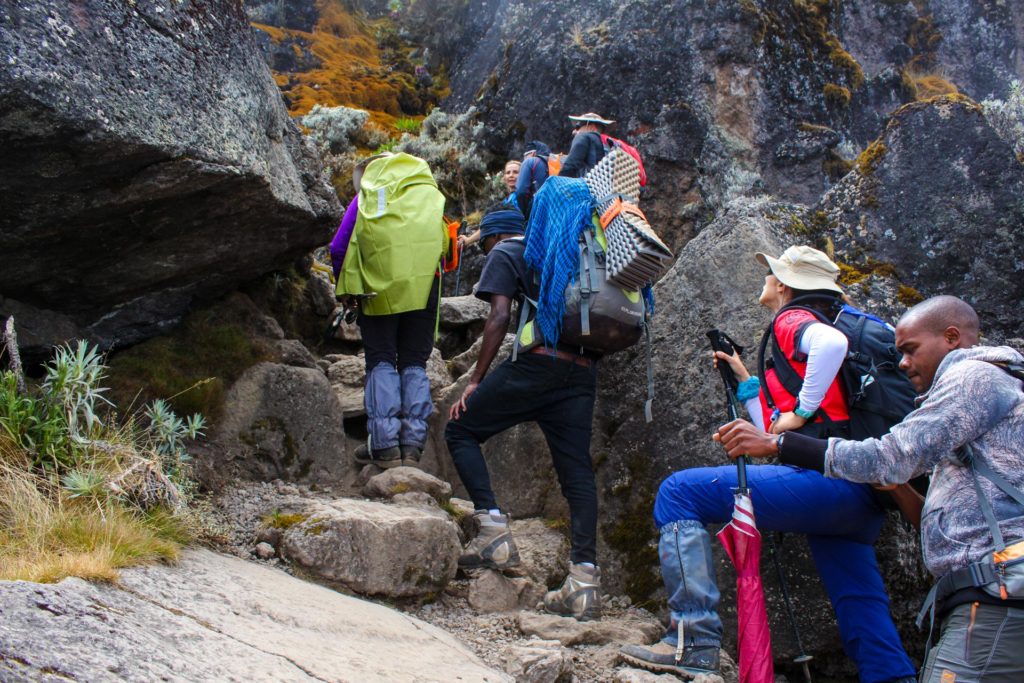
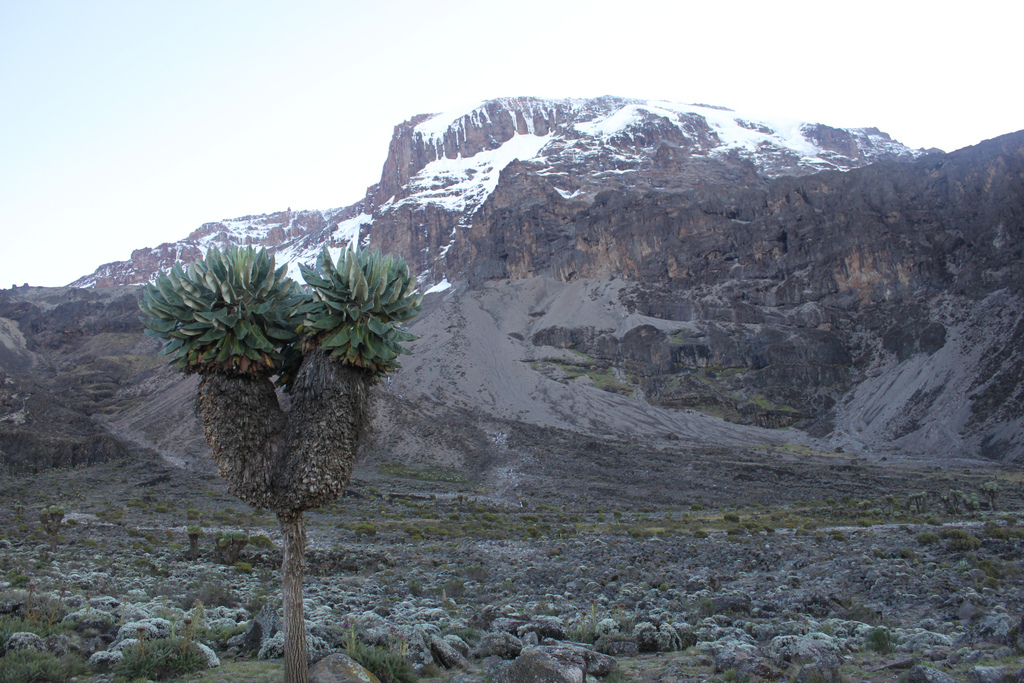
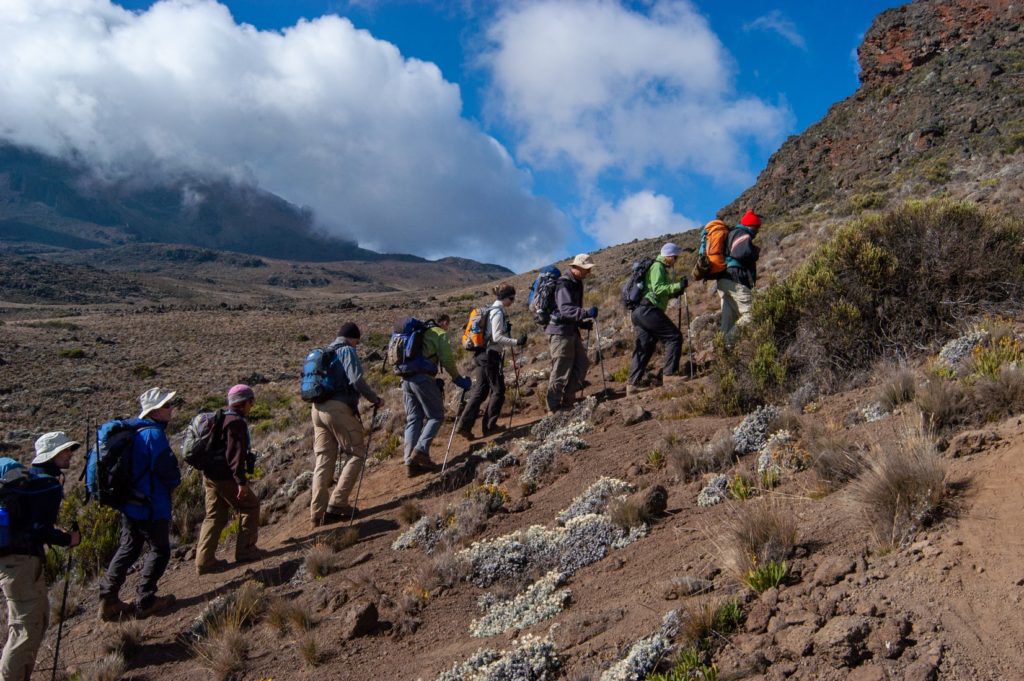
Other
It’s a shame to religiously follow altitude procedures and pour your heart into choosing the simplest route, only to fall ill with a stomach bug.
To keep your gastrointestinal system in tip-top shape, always confirm your hands are clean before eating and check out to avoid risky food sources like street vendors, tap water, and fresh fruits and vegetables.
This goes for before your trip also, unless you would like the stomach bug catching up with you when you’re halfway up the mountain.
You can rest assured that the food we steel ourselves against you on the mountain is of the very best quality, and ready with strict hygiene standards. you’ll read more about the food and menus on Kili here.
Don’t forget to see the newest information to form sure you’re up-to-date on the specified vaccinations.
Malaria is another risk in Tanzania, and although you can’t contract malaria on the mountain, you’ll get to bring malaria prophylaxis if you’re traveling before and after your climb.
So, Is It Dangerous to Climb Kilimanjaro?
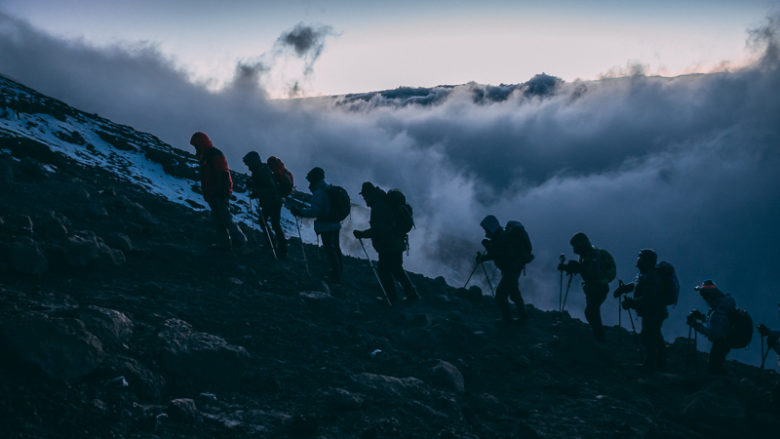
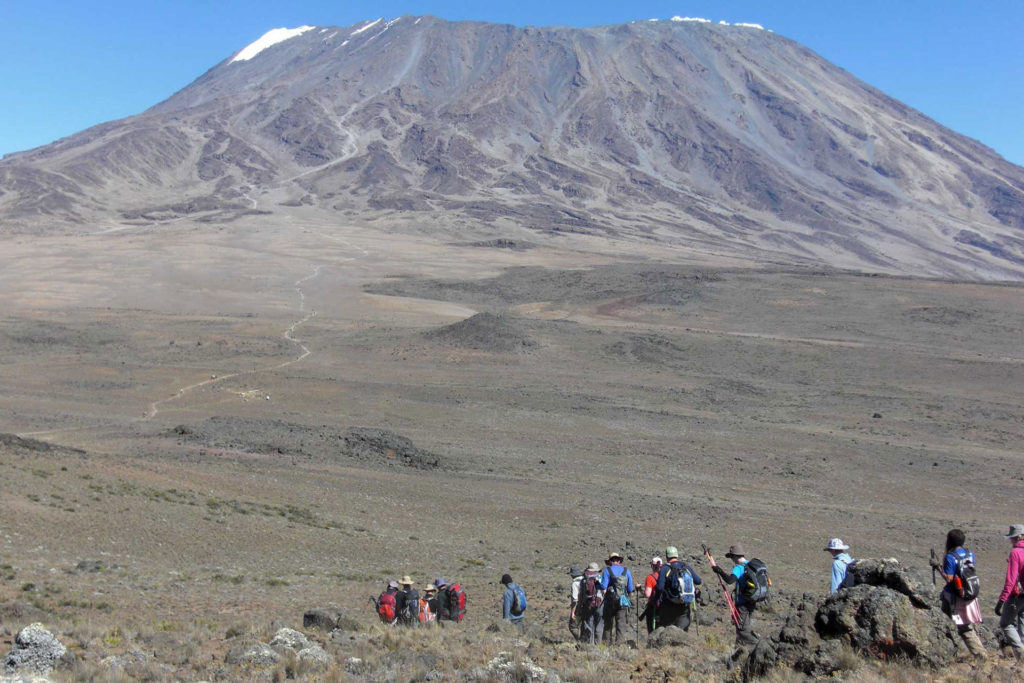
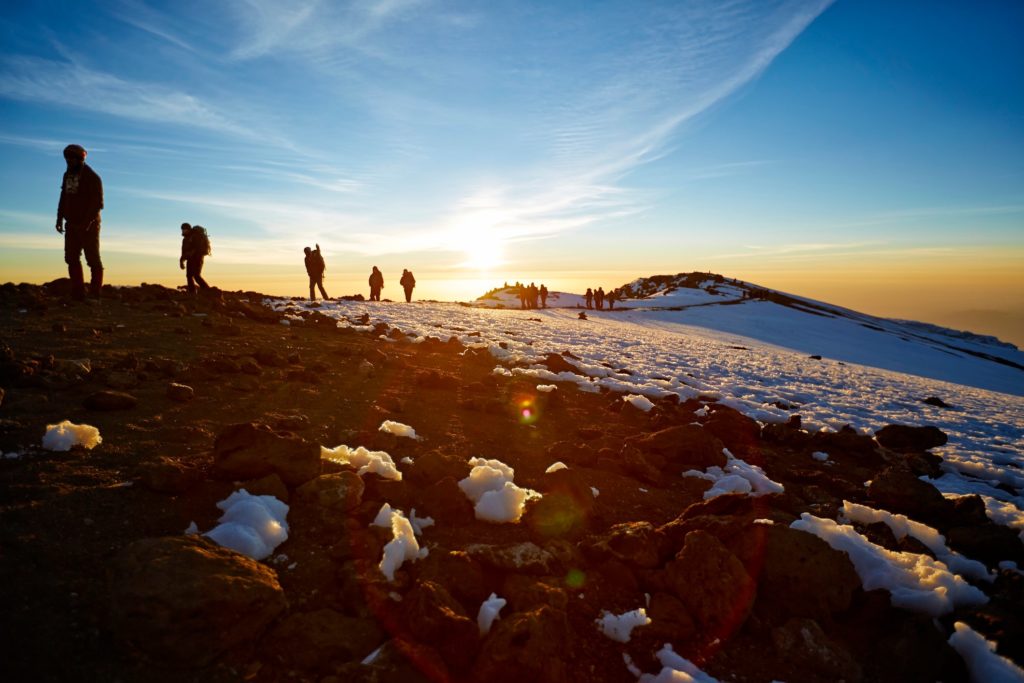
If you prepare properly, do your research, and hear your guide, then climbing Kilimanjaro shouldn’t be too dangerous. The death rate for tourists is extremely low, at an estimated 10 people a year, and most of those are thanks to avoidable altitude problems.
Of course, you never know what tricks Mother Nature may need up her sleeve, and there’s no getting around the incontrovertible fact that you’re heading into a foreign region with inherent risks. But by practicing smart mountain principles, you’ll minimize the risks and luxuriate in this once-in-a-lifetime experience.
And perhaps most significantly, you would like to form sure that you simply are climbing with a responsible, reputable tour operator who takes your health and safety on the mountain very seriously.
When you book a trek with us, you’re bound to have the simplest trained and qualified guides on the mountain to offer you each opportunity to enjoy a secure summit – and more importantly – a secure return home.
Get in-tuned with our friendly team today who are happy to answer any of your questions and may assist you plan your trip of a lifetime!
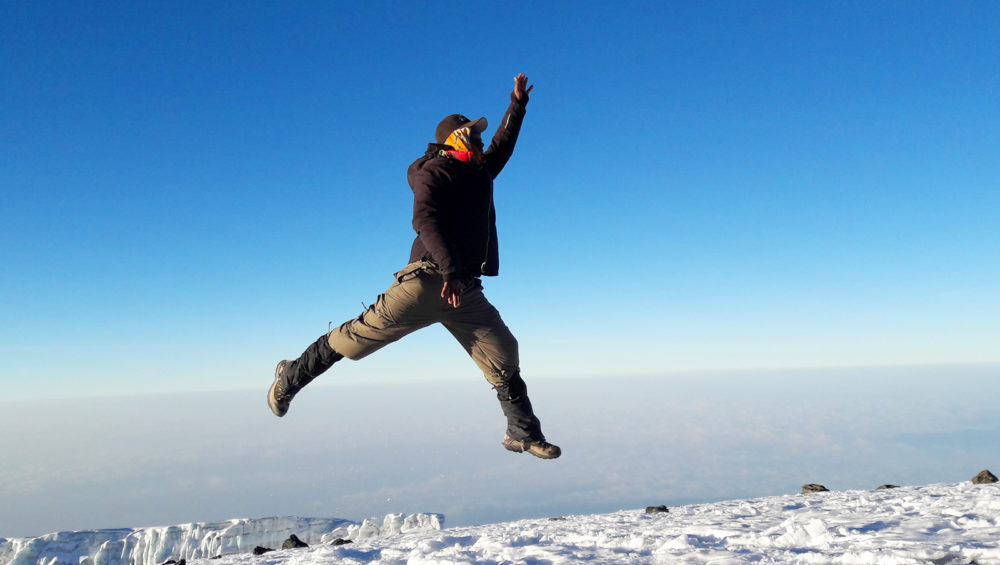
Leave a Reply